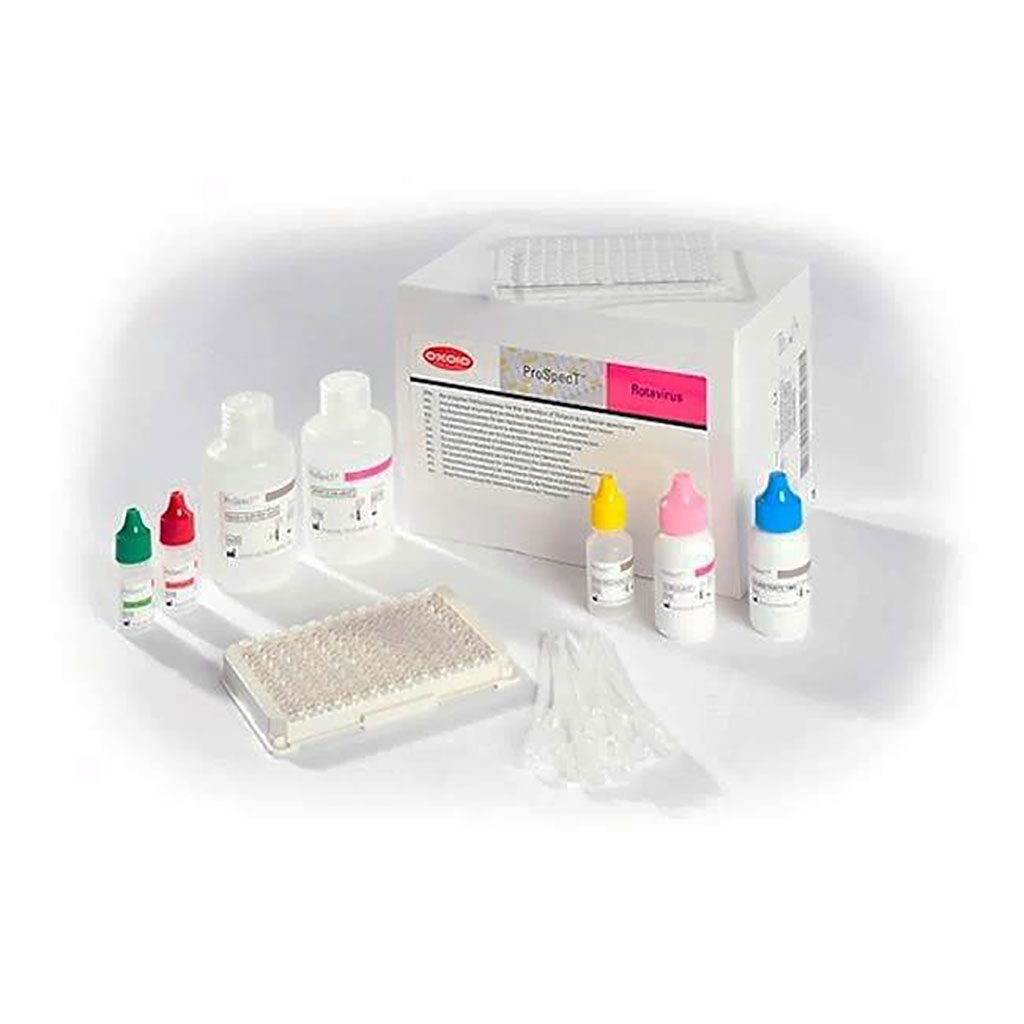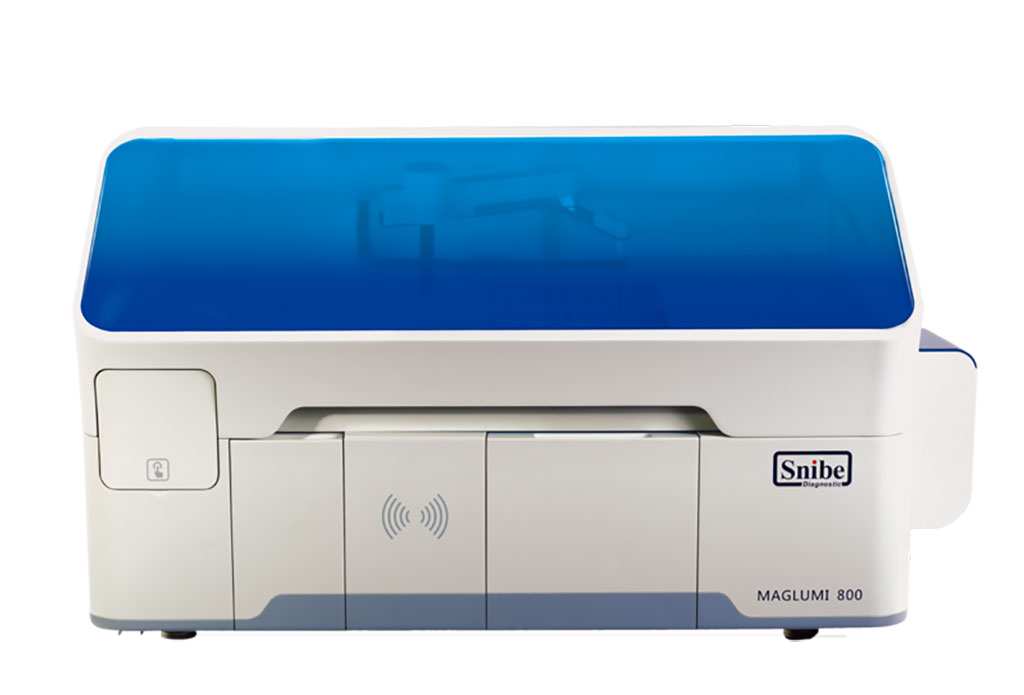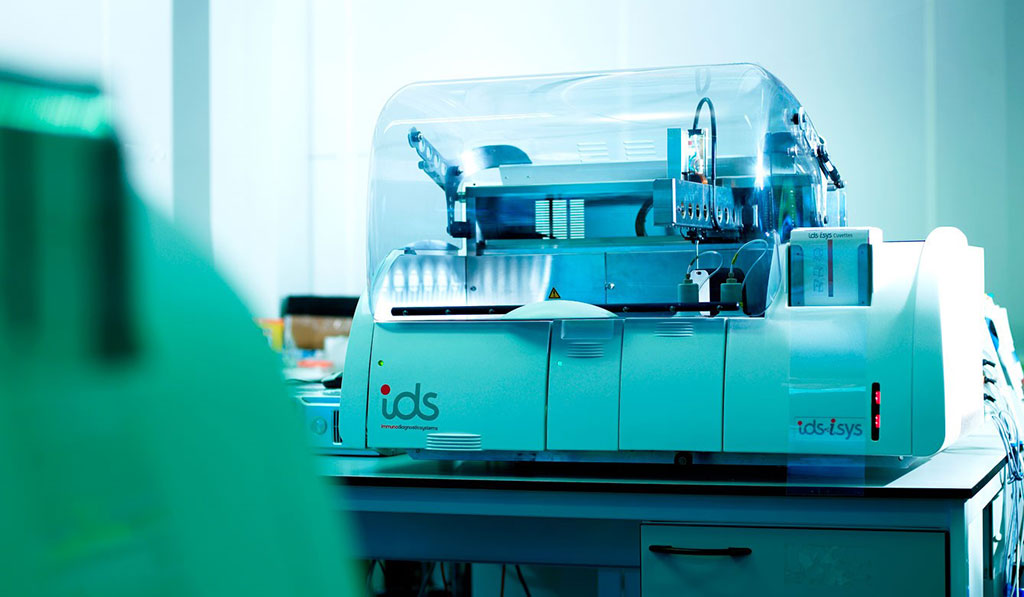Immunology

Rotavirus Co-Infection with Diarrheagenic Pathogens Detected by Different Methods
Diarrhea is the second most common cause of childhood mortality worldwide, with Group A Rotavirus (RVA) recognized as a leading diarrheagenic agent, causing 38% of acute diarrhea among children aged five and below worldwide. More...14 Jul 2021

Automated Immunoassays Evaluated for Immune Response to SARS-CoV-2
As part of the fight against the SARS-Cov-2 epidemic, laboratories have a critical role in assessing the reliability of new serological assays before taking part of diagnostic protocols or made available broader to the community and to evaluate commutability between assays. More...12 Jul 2021

Two Inflammatory Proteins Linked with Slower Cognitive Decline
Previous meta-analyses of case-control and prospective cohort studies showed that cytokines and inflammatory markers, such as interleukin-6 (IL-6), C-reactive protein (CRP), and others are elevated in Alzheimer's dementia cases and predicted incident of all-cause dementia. More...08 Jul 2021

FABP4 Concentrations Quantified in Proliferative Diabetic Retinopathy
Proliferative diabetic retinopathy (PDR), a progressive and serious stage of diabetic retinopathy (DR) due to retinal ischemia, is characterized by neovascularization (NV), vitreous hemorrhaging (VH) and tractional retinal detachment (TRD), all of which are major causes of blindness in patients with diabetes mellitus (DM). More...07 Jul 2021

Two Immunoassays Compared for Determination of Serum Vitamin D
Vitamin D is a fat-soluble steroid prohormone that is generated mainly in the skin by photochemical conversion of 7-dehydrocholesterol. 25-hydroxyvitamin D (25(OH)D) is its main storage form and is present in blood at very high concentration with respect to the active form 1,25-dihydroxyvitamin D. More...06 Jul 2021

Biological Markers Associated with Severe Dengue Identified
Dengue is the most common mosquito-borne viral disease to affect humans globally. In 2019, the World Health Organization identified dengue as one of the top 10 threats to global health, with transmission occurring in 129 countries and an estimated 3.9 billion people being at risk. More...06 Jul 2021

Anti-Ganglioside Antibodies Analyzed in Celiac Disease
Celiac disease, sometimes called celiac sprue or gluten-sensitive enteropathy, is an immune reaction to eating gluten, a protein found in wheat, barley and rye. Coeliac disease can cause a range of symptoms, including diarrhea, abdominal pain and bloating. More...29 Jun 2021
In Other News
Biomarker Predicts Crohn's Disease Relapse in Children
Serum Leptin Concentration Predict Cardiovascular Outcomes in Hemodialysis Patients
Novel Dengue Virus IgG Rapid Diagnostic Test Evaluated
Rapid Diagnostic Tests Evaluated for Chronic Chagas Disease Patients
Gestational Diabetes May Predict Autoimmune Diabetes Risk
Serum Biomarkers Differentiates COVID-19 From Classic Cytokine Storm Syndromes
PF4 Immunoassays Investigated in Vaccine-Induced Thrombotic Thrombocytopenia
Cryptococcal Antigen Screening Evaluated Among People Living with HIV
Leptospira IgM ELISA Evaluated Among Outpatients in Southern Asia
Innate Lymphoid Cells Analyzed at the Maternal-Fetal Interface
Non‐Invasive Urine Markers Differentiate Renal Cancer from Oncocytoma
Plasma-Based S100B Testing for Management of Traumatic Brain Injury
Human Microbiota Flagellins Drive Adaptive Immune Responses in Crohn’s Disease
Potential Immune Markers Found for Active Tuberculosis
Maternal Multiomic Changes Could Predict Onset of Labor
Serial SARS-CoV-2 Rapid Antigen Testing Evaluated During Outbreaks
Gel and Capillary Electrophoresis Compared for Human Proteins
Developed Immunoassay Predicts Benefits of Anti-PD-1 Therapy in NSCLC
Synovial Fluid Neutrophils Phenotyped in Oligoarticular Juvenile Idiopathic Arthritis
ANGPTL8 Levels Associated with Hyperlipidemia in Primary Nephrotic Syndrome
Serum α-L-Fucosidase Activity Measured for COVID-19 Infection
Urinary Heat Shock Protein 70 Evaluated in Chronic Prostatitis
Breath Test Determines Severity of Methylmalonic Acidemia Disease
The Immunology channel of LabMedica deals with diagnostic techniques and immuonassays such as ELISA, pregnancy tests, immunoblotting, immunohistochemical staining, serology, and associated hardware.











